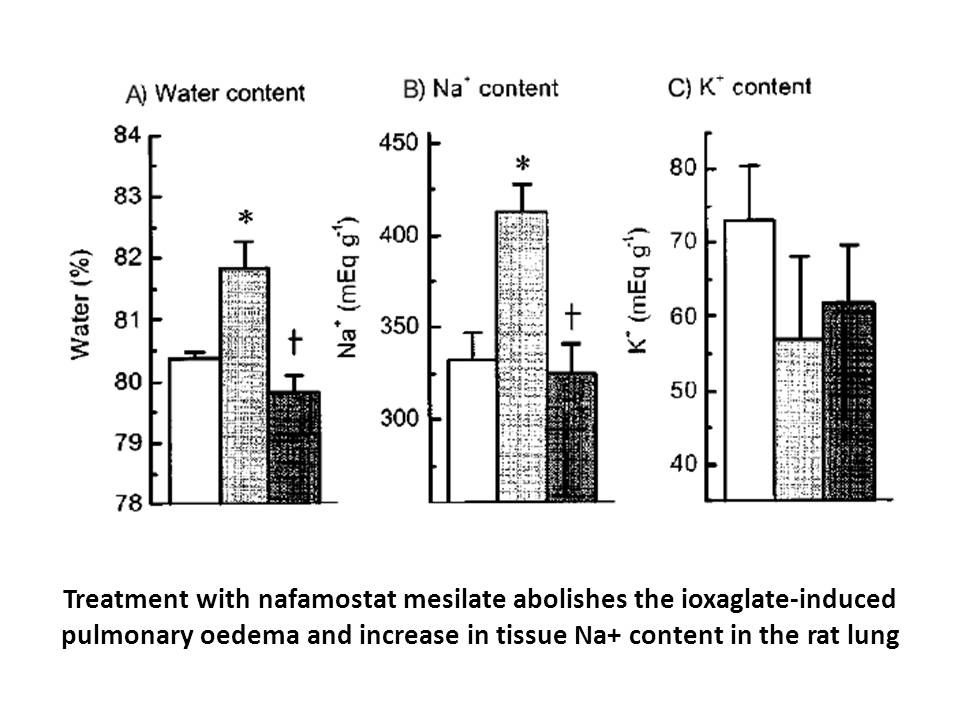Archives
Human testicular peritubular cells HTPCs
Human testicular peritubular histamine receptor antagonist (HTPCs) are also the only human testicular cell type that can be isolated, cultured and studied in vitro (Albrecht et al., 2006, Mayerhofer, 2013). Results from recent studies indicate that their roles go beyond sperm transport and include immunological functions. They express, for example, Toll-like receptors (TLRs), which can be activated by extracellular matrix factors, specifically biglycan. They produce pro-inflammatory factors, such as interleukin 6 (IL-6), monocyte chemotactic protein 1 (MCP-1) and others, and they are targets e.g. for tumor necrosis factor α (TNF-α) (Albrecht et al., 2006, Mayer et al., 2016, Mayerhofer, 2013, Schell et al., 2008). Consequently, via inflammatory factors, peritubular cells may be involved in inducing and/or maintaining a state of inflammation, which is observed frequently in the testes of infertile patients and which may be a key factor in male infertility.
Materials and methods
Results
Discussion
In this study, we provide evidence that epinephrine can promote the secretion of pro-inflammatory factors via acting on α1-ADR of human peritubular cells. In the human testis, the peritubular cell compartment is innervated and in close proximity to microvessels. Stress evokes an increase in the release of norepinephrine from nerve endings (Rivier and Rivest, 1991) and in increased levels of circulating catecholamines. Hence, we propose a link between stress-related elevations of adrenergic neurotransmitters and testicular inflammatory events, which may lead to impairment of male fertility.
A previous report (Miyake et al., 1986) revealed functional ADRs in the cells of human seminiferous tubules. The study concluded that they are involved in the regulation of contractility. The ADR subtypes were not studied previously, but three major types of ADRs exist, alpha1 (α1-ADR), alpha 2 (α2-ADR) and beta (β-ADR). Each type is further divided into subtypes, namely α1A-ADR, α1B-ADR, α1D-ADR, α2A-ADR, α2B-ADR, α2C-ADR, β1-ADR, β2-ADR and β3-ADR (Dixon et al., 1986, Langer, 1998, McCune et al., 1993, Nagatomo and Koike, 2000, Scanzano and Cosentino, 2015). In human testicular samples, we now found α1A-, α1B-, α1D-, β1-, β2 and β3-ADRs. Moreover, cultured HTPCs, as well as, the cells of the tubular wall isolated by LMD, express the ADR subtypes α1B, α1D, β1 and β2.
ADRs are activated by their physiological ligands, epinephrine and norepinephrine, with different affinity (Scanzano and Cosentino, 2015). Activation of β-ADRs increases the second messenger cAMP (Krizanova et al., 2016) and regulates MAPKs, (Crespo et al., 1995, Magocsi et al., 2007, Turner et al., 2003, Zheng et al., 2000). We found evidence for functional β-ADRs, as salbutamol (a selective agonist of β2-ADRs) elevated proliferation of HTPCs (Lin et al., 2012, Sun et al., 20 15). This implies functional β2-ADRs on HTPCs. The mechanisms, by which β2-ADRs lead to cell proliferation, remain to be elucidated and were not within the scope of this study.
The stimulation of α1-ADRs by epinephrine
15). This implies functional β2-ADRs on HTPCs. The mechanisms, by which β2-ADRs lead to cell proliferation, remain to be elucidated and were not within the scope of this study.
The stimulation of α1-ADRs by epinephrine  or phenylephrine (a selective agonist of α1-ADRs) leads to the activation of Gq protein, coupled to phospholipase C, which catalyzes the formation of inositol 1,4,5-triphosphate (IP3) and diacylglycerol, thereby causing a release of internal Ca2+ as second messenger (Kong et al., 2015). We demonstrated that HTPCs possess functional α1-ADRs, as phenylephrine evoked elevations of intracellular Ca2+, an effect which was blocked by prazosin (an inverse agonist of α1-ADR). In addition, phenylephrine stimulated cell proliferation, as did epinephrine. However, the mechanisms by which α1-ADRs cause cell proliferation, remain to be examined in future studies.
A role of catecholamines in the regulation of human immune cells is emerging. For example, the incubation of human macrophages with epinephrine led to increased levels of COX-2 (a key enzyme in the synthesis of prostaglandins), IDO (indoleamine 2,3-dioxygenase, first and rate-limiting enzyme of tryptophan catabolism) and IL-10 (Muthuswamy et al., 2017). Norepinephrine also induces IL-6 generation in macrophages via β-ADR signaling pathway (Li et al., 2015). In addition, ADRs are involved in the production of MCP-1 in circulation, liver, spleen and subcutaneous adipose tissue (Cox et al., 2014).
or phenylephrine (a selective agonist of α1-ADRs) leads to the activation of Gq protein, coupled to phospholipase C, which catalyzes the formation of inositol 1,4,5-triphosphate (IP3) and diacylglycerol, thereby causing a release of internal Ca2+ as second messenger (Kong et al., 2015). We demonstrated that HTPCs possess functional α1-ADRs, as phenylephrine evoked elevations of intracellular Ca2+, an effect which was blocked by prazosin (an inverse agonist of α1-ADR). In addition, phenylephrine stimulated cell proliferation, as did epinephrine. However, the mechanisms by which α1-ADRs cause cell proliferation, remain to be examined in future studies.
A role of catecholamines in the regulation of human immune cells is emerging. For example, the incubation of human macrophages with epinephrine led to increased levels of COX-2 (a key enzyme in the synthesis of prostaglandins), IDO (indoleamine 2,3-dioxygenase, first and rate-limiting enzyme of tryptophan catabolism) and IL-10 (Muthuswamy et al., 2017). Norepinephrine also induces IL-6 generation in macrophages via β-ADR signaling pathway (Li et al., 2015). In addition, ADRs are involved in the production of MCP-1 in circulation, liver, spleen and subcutaneous adipose tissue (Cox et al., 2014).